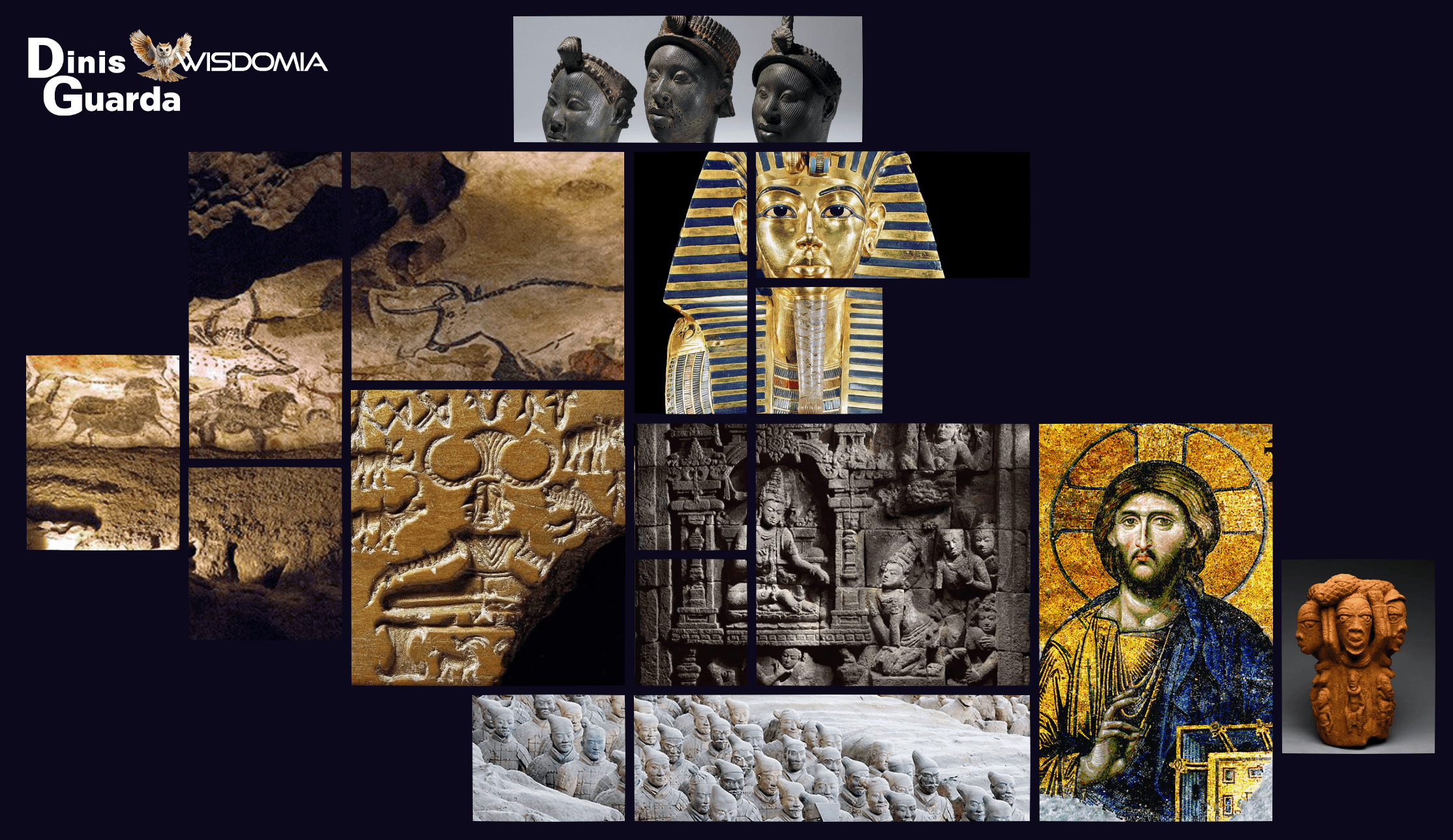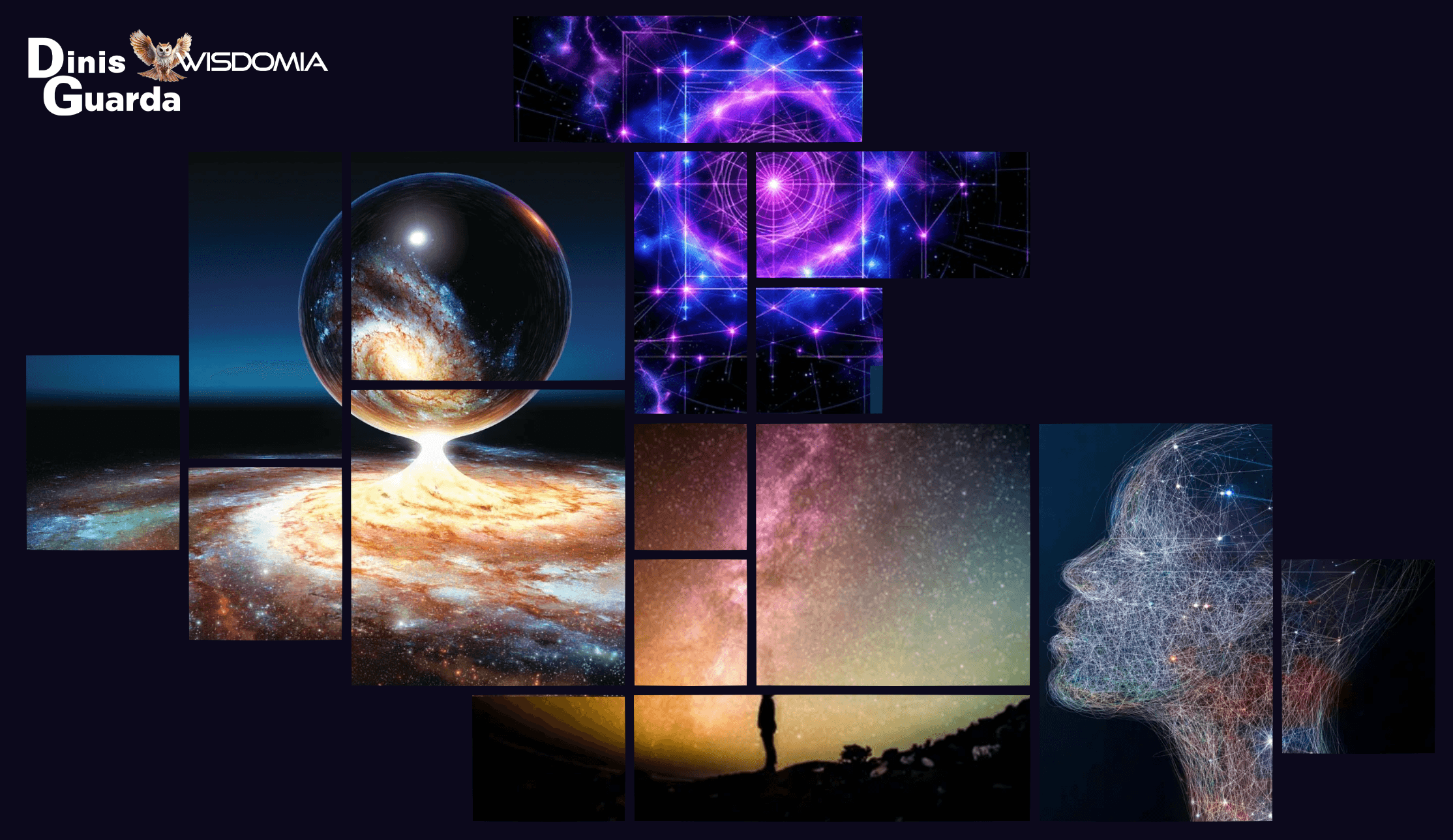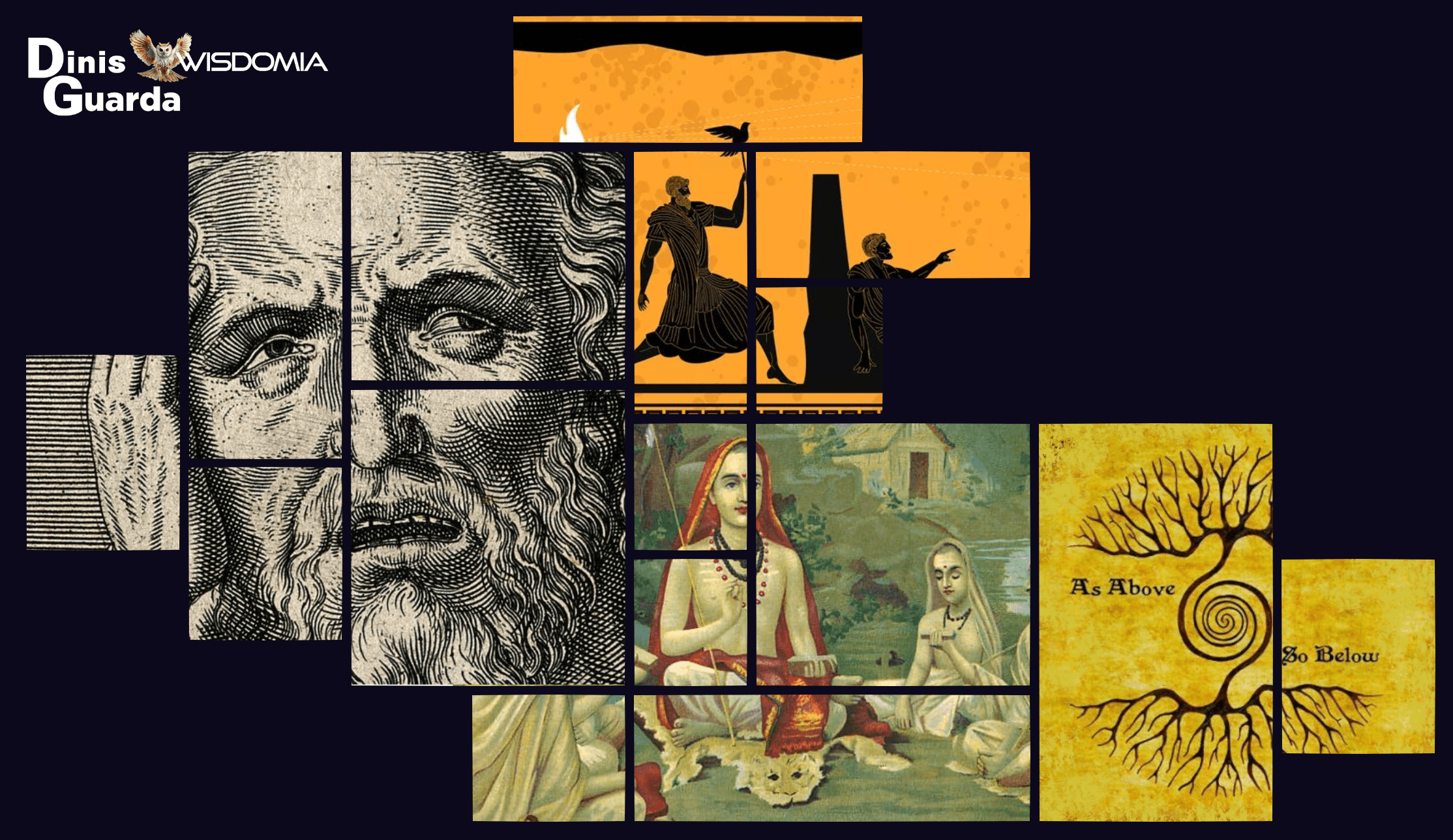Geometric Animals? Sacred Geometry Shapes in the Animal Kingdom
Maria Fonseca
Thu Jun 05 2025

Have you ever paused to marvel at the spiral of a seashell, the symmetry of a butterfly’s wings, or the precise architecture of a spider’s web? These forms are not only beautiful but also hint at a deeper intelligence woven into the fabric of life. What we are often seeing is more than natural design—it is geometry in motion. And not just any geometry, but something ancient and profound: sacred geometry.
Sacred geometry is a concept that unites mathematical perfection with spiritual meaning. For centuries, philosophers, architects, and mystics across cultures have recognised that certain shapes and patterns—circles, triangles, spirals, and more complex forms like the Flower of Life—carry within them a kind of universal truth. These are not arbitrary designs, but blueprints of creation. From temples to mandalas, these forms appear wherever humans have sought to express the divine. Yet, before they were inscribed in stone or painted on parchment, they were already written into nature. Especially in animals.
In the animal kingdom, sacred geometry reveals itself with startling regularity. One of the most striking examples is the spiral, which often emerges through the Fibonacci sequence—a mathematical progression where each number is the sum of the two before it. When translated into visual form, this sequence gives rise to a spiral curve that reflects the Golden Ratio, a proportion of 1.618... that has been celebrated for its harmony and balance. Nature seems to favour this ratio in the design of living beings.
The Fibonacci spirals of the Animal Kingdom
In the coiled form of a nautilus shell, we find a near-perfect Fibonacci spiral. The same principle can be observed in the curled tails of chameleons and seahorses, and in the majestic horns of rams and goats. Even the spinning geometry of spider webs gestures towards this spiralling intelligence. What’s fascinating is that this is not just a question of beauty. The spiral is nature’s way of achieving efficiency and growth, a pattern that allows energy to expand outward in a balanced and sustainable way.
Hexagons: The Busy Beekeepers
Then there is the hexagon—a shape of extraordinary significance in sacred geometry and one of the most efficient structures in nature. Bees, without the aid of mathematics or design software, instinctively construct their honeycombs in perfect hexagons. This choice is far from random. The hexagon allows for maximum storage with minimal material, creating a strong, stable structure that uses the least amount of wax while covering the most area. What took mathematicians centuries to formally prove, bees have intuitively understood for millions of years.
Symmetry in Motion: The Butterfly and Beyond
Symmetry, too, is a fundamental expression of sacred geometry, and in animals, it can be almost poetic. The butterfly is a perfect example, with its wings mirroring one another in shape, pattern, and colour. This bilateral symmetry is not only visually satisfying but crucial to flight, balance, and even mate selection. Other animals, such as peacocks, reveal their geometric elegance through the fan-like display of feathers, each eye-like pattern positioned in a near-spiral configuration. Starfish, with their fivefold radial symmetry, recall the pentagram—a sacred shape deeply rooted in mystical traditions. Even the serene face of a big cat, such as a lion or tiger, reflects an inner balance, a quiet geometry that enhances both perception and predatory power.
Fractals: Nature’s Infinite Geometry
Beyond symmetry and spirals, there exists another category of sacred geometry in nature: the fractal. Fractals are self-replicating patterns that repeat at multiple scales. They are infinite in complexity but born from simple formulas. In the natural world, they appear in unexpected places. Coral reefs and sea sponges grow with fractal branching. The skin of elephants, with its creased and weathered folds, displays fractal-like lines. Even the spots of a leopard or the patterns on a giraffe seem to emerge from fractal distribution—complexity born from simplicity.
The Geometry of Animal Behavior
This complexity is not confined to form alone—it is also found in function and behaviour. The flight of birds, for instance, often takes the form of a V, which helps reduce wind resistance and conserve energy. Fish swimming in schools move as if choreographed by an invisible geometer, maintaining precise distances and shifting formations that echo fluid mathematical patterns. They respond to pressure and predator presence using geometric precision. Termites build elaborate mounds with spiralling air channels and radial tunnels, structures that are both resilient and thermally efficient.
Cross-cultural reverence ?
What is particularly compelling is how these patterns transcend the boundaries of science and enter the realm of spirit and myth. Many ancient cultures perceived animals not merely as beings of the earth, but as messengers and mirrors of cosmic order. Aboriginal Australian art, for example, often situates animals within dreamlike landscapes structured by geometry. Native American traditions assign animals symbolic meanings that correspond to sacred shapes—a snake, coiled in a spiral, represents transformation; an eagle, circling in the sky, embodies the spiritual power of the circle. In Hindu cosmology, animals such as elephants and cows are associated with mandalas and yantras—geometric diagrams used for meditation and worship.
These cultural perspectives affirm something we intuitively sense: that animals are not only physical organisms but also vessels of a deeper order. They carry within them the intelligence of the universe—not just metaphorically, but in their very design.
Why does any of this matter? Because in recognising sacred geometry in the animal world, we are reminded of our connection to a living, intelligent universe. The patterns we find in feathers and fur, in shells and skin, are not merely accidents of evolution—they are the signatures of a reality that is both mathematical and mystical. Understanding this helps us to reconnect with nature in a more intimate way, not as something to be used or controlled, but as something to be honoured. It also offers inspiration. Architects, artists, and engineers increasingly turn to nature’s geometric principles to design spaces and systems that are efficient, sustainable, and beautiful.
Perhaps most importantly, sacred geometry in animals offers us a mirror. It reflects a truth that we often forget: that beauty is not random, but rooted in order. That form emerges from function, and function from deeper laws. When we see a snail unfurling its shell, a flock of starlings pulsing in the sky, or a cat curled in a perfect circle, we are witnessing a silent wisdom at work—a wisdom that does not speak in words, but in shape, in motion, and in rhythm.
So next time you walk through a forest, watch birds in flight, or study the patterns on a beetle’s back, take a moment to look deeper. Ask not just what you see, but what it means. You may find that animals are more than companions on our planet—they are living mandalas, sacred diagrams of the cosmos in motion.
previous
Ztudium Recognised Among Top 50 Thought Leading Companies on Innovation 2025
next
The Power of Imagination to Change Worlds
Share this

Maria Fonseca
Maria Fonseca is an interdisciplinary educator, writer, artist and researcher whose work bridges the realms of academic knowledge, community engagement, and spiritual inquiry. With a background in Fine Art and a doctorate in creative practice, Maria has spent over a decade exploring the intersections of human experience, cultural meaning, and collective transformation.
More Articles

When Vision Becomes Destiny: The First 25 Images That Shaped Human Consciousness

What a Small Indian Village Teaches the World About Sustainability

Community as Classroom: When the Village Teaches : Redefining Where Learning Happens

Each Being Is Humanity: The Cosmic Responsibility of Conscious Participation

When Ancient Wisdom Met Quantum Physics: The Philosophical Synthesis





